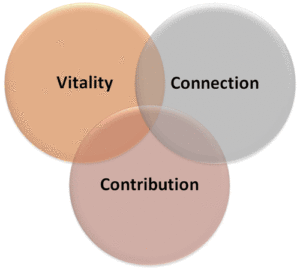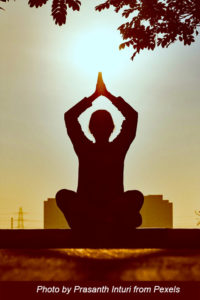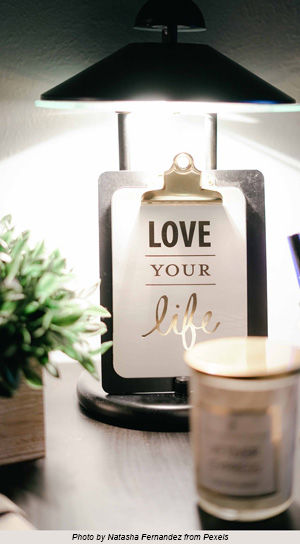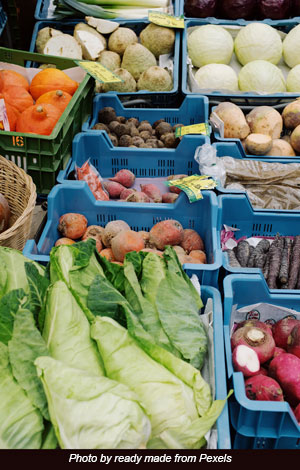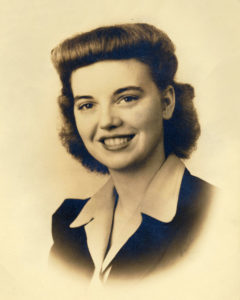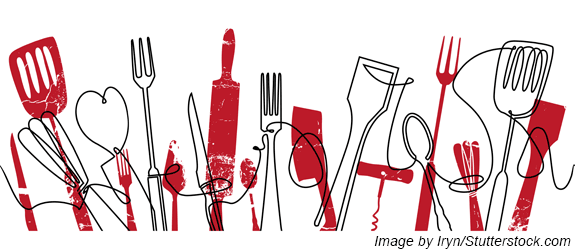As the country ramps into high gear for the coming election cycle, I thought it would be worthwhile to revisit books on leadership that I’ve read over the years. First up is a book by Warren Bennis and Burt Nanus entitled Leaders: The Strategies for Taking Charge.
 Right up front, the authors assert that leadership is all about character. Great leaders are persons of integrity with a healthy self-regard, a compelling vision, a penchant for cultivating human possibility, and laser-like focus on desired outcomes. They manifest 5 key skills:
Right up front, the authors assert that leadership is all about character. Great leaders are persons of integrity with a healthy self-regard, a compelling vision, a penchant for cultivating human possibility, and laser-like focus on desired outcomes. They manifest 5 key skills:
- An ability to accept people as they are, not as they’d like them to be
- A capacity to approach issues and relationships in the present, informed by history but not rooted in it
- A practice of treating close associates with the same courtesy as they offer to strangers
- An ability to trust others, even when it means taking risks
- An ability to do without constant approval and recognition from others
In addition to these five key skills, Bennis and Nanus describe four areas of competency that all extraordinary leaders possess.
Attention Through Vision: Great leaders have a clear and compelling organizational vision and commit fully to getting there. They aren’t thrown off task by the myriad of day-to-day distractions; they remain undeterred when roadblocks and bumps in the road cross their paths. They capitalize on opportunities, course correct as necessary, and sustain focus, flexibility, and optimism along the way.
Meaning Through Communication: Great leaders know how to share their visions in ways that bring forth enthusiasm and commitment in others. This skill demands a mastery of communications alongside an ability to establish a context that resonates for all concerned. As the authors tell us:
“When the organization has a clear sense of its purpose, direction, and desired future state and when this image is widely shared, individuals are able to find their roles in both the organization and in the larger society of which they are a part.”
Purposeful engagement engenders vigor and enthusiasm for the tasks at hand.
Trust Through Positioning: Leaders secure trust by faithfulness to their organizational identity. It’s measured by how they structure and staff the organization, by the policies they enact, the decisions they make, and the results they achieve. Their fidelity yields “clean bills of health” when subjected to rigorous (unfettered) third party investigation or audit.
Deployment of Self Through Positive Self-Regard: Effective leadership springs from a healthy sense of self. Great leaders know their worth and trust themselves without getting caught up in their egos or needing to maintain external images. They’re committed to evolving personally and professionally. They evaluate themselves dispassionately to discern the “fit” between their skills/experience and the requirements of the job. They shore up their weaknesses and bend their ears toward good advice.
Finally, the authors remind us:
“The challenge to leaders will be to act as compassionate coaches, dedicated to reducing stress by ensuring that the whole team has everything it needs – from human to financial resources to emotional support and encouragement – to work together effectively and at peak performance most of the time. Recognizing, developing, and celebrating the distinctive skills of each individual will become critically important to organizational survival.”
